Our Advocacy Toolkit
HELLO! BONJOUR!
We’re so happy that you are joining us in this critical conversation about degraded landscapes in sub-Saharan Africa.
We believe that everyone has a huge role to play in reversing this phenomenon, and with this toolkit, we hope you will find the assets that best empower you to spread the message about improving our landscapes and the livelihoods of the communities that depend on them.
Thank you for taking the time to engage with our campaign and contributing to the ultimate goal of #RegreeningAfrica
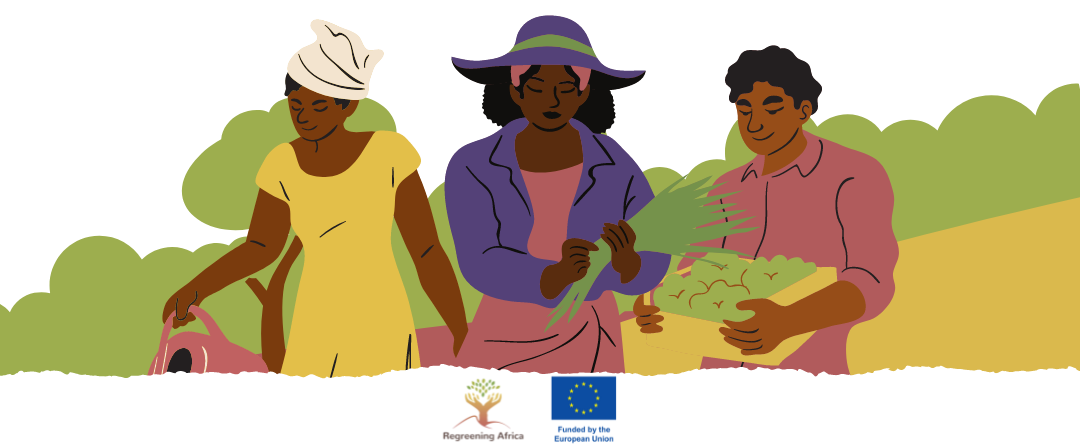

Simply contribute to the online conversation by:

SHARING your opinions, thoughts and ideas on the regreening movement.

POSTING your favourite regreening messages, facts, and graphics as outlined below.
 ENGAGING WITH POSTS that use the following hashtags: #RegreeningAfrica #GenerationRestoration #AFR100 #GreatGreenWall.
ENGAGING WITH POSTS that use the following hashtags: #RegreeningAfrica #GenerationRestoration #AFR100 #GreatGreenWall.
As you share the messages prepared in this toolkit, feel free to adapt and personalise them to better get your point across – but do TAG US in your posts so that we can help you amplify your message further by sharing with our audience.

Why do we need a regreening movement?
 83% of people in sub-Saharan Africa depend on land for their livelihoods, and yet ⅔ of the land is highly degraded. If there’s any chance of a sustainable future on our planet, it will require a regreening movement.
83% of people in sub-Saharan Africa depend on land for their livelihoods, and yet ⅔ of the land is highly degraded. If there’s any chance of a sustainable future on our planet, it will require a regreening movement.
 There is no viable alternative to land as a natural resource. With ⅔ of land in sub-Saharan Africa already degraded, we need farming and pastoral solutions that restore the land instead of degrading it further.
There is no viable alternative to land as a natural resource. With ⅔ of land in sub-Saharan Africa already degraded, we need farming and pastoral solutions that restore the land instead of degrading it further.
Where does Regreening Africa come in?
 Regreening Africa aims to reverse land degradation on one million hectares across eight countries in sub-Saharan Africa – Kenya, Senegal, Rwanda, Ghana, Ethiopia, Mali, Niger and Somalia.
Regreening Africa aims to reverse land degradation on one million hectares across eight countries in sub-Saharan Africa – Kenya, Senegal, Rwanda, Ghana, Ethiopia, Mali, Niger and Somalia.
 Agroforestry has long been used to successfully reverse land degradation in some areas in Africa. The aim now is to scale-up relevant practices across the continent.
Agroforestry has long been used to successfully reverse land degradation in some areas in Africa. The aim now is to scale-up relevant practices across the continent.
 By incorporating trees into farmlands and communal land, Regreening Africa is helping to speed up the reclamation of Africa’s degraded landscapes.
By incorporating trees into farmlands and communal land, Regreening Africa is helping to speed up the reclamation of Africa’s degraded landscapes.
 Restoration is one sure way to secure a sustainable future. After 5 years of research in development, Regreening Africa is well on its way to proving this point.
Restoration is one sure way to secure a sustainable future. After 5 years of research in development, Regreening Africa is well on its way to proving this point.
 By the end of 2022, Regreening Africa hopes to have improved the livelihoods, food security and climate resilience of 500 000 households by restoring ecosystem services through agroforestry.
By the end of 2022, Regreening Africa hopes to have improved the livelihoods, food security and climate resilience of 500 000 households by restoring ecosystem services through agroforestry.
Lessons from the past 5 years of Regreening Africa
 It is possible to achieve large-scale, impactful restoration. Including science, research, evidence and monitoring in restoration agendas enhances impact on the ground.
It is possible to achieve large-scale, impactful restoration. Including science, research, evidence and monitoring in restoration agendas enhances impact on the ground.
 There is no one-size-fits-all approach to restoration. Regreening practices need to be aligned with current and future local contexts, and implementation needs to be embedded in local processes and structures.
There is no one-size-fits-all approach to restoration. Regreening practices need to be aligned with current and future local contexts, and implementation needs to be embedded in local processes and structures.
 Science-practice-policy collaborations are integral to regreening efforts. Strong partnerships between governments, communities, development actors, research and donors are essential and must be nurtured.
Science-practice-policy collaborations are integral to regreening efforts. Strong partnerships between governments, communities, development actors, research and donors are essential and must be nurtured.
 Equitable incentives are an excellent benefit and motivator for those involved in landscape restoration. Economic benefits, have shown the most promise for participation and results in this initiative.
Equitable incentives are an excellent benefit and motivator for those involved in landscape restoration. Economic benefits, have shown the most promise for participation and results in this initiative.
Messages for policymakers
 The regreening movement can increase food production, create jobs, and build more equitable and inclusive communities. Policymakers need to get on board.
The regreening movement can increase food production, create jobs, and build more equitable and inclusive communities. Policymakers need to get on board.
 Access and user rights to land and trees are critical policy issues that must be addressed if we are to succeed at regreening the continent.
Access and user rights to land and trees are critical policy issues that must be addressed if we are to succeed at regreening the continent.
 Prioritising the landscape restoration agenda in policy-making enables us to champion global restoration commitments like the Bonn Challenge/ AFR100 – strengthening our position on the world stage.
Prioritising the landscape restoration agenda in policy-making enables us to champion global restoration commitments like the Bonn Challenge/ AFR100 – strengthening our position on the world stage.
 For the regreening movement to sustain legitimacy and momentum, it needs the support of ministries who play a key role in promoting agroforestry practices to improve the productivity of land.
For the regreening movement to sustain legitimacy and momentum, it needs the support of ministries who play a key role in promoting agroforestry practices to improve the productivity of land.
 Sustainable restoration approaches can reverse the poverty and conflict resulting from the alarming rate at which our lands are degrading, solidifying the foundation for development.
Sustainable restoration approaches can reverse the poverty and conflict resulting from the alarming rate at which our lands are degrading, solidifying the foundation for development.
 We can strengthen our climate resilience by using the various approaches in the agroecological toolkit. What are policymakers doing to promote these simple solutions?
We can strengthen our climate resilience by using the various approaches in the agroecological toolkit. What are policymakers doing to promote these simple solutions?
Messages for development partners
 Restoration initiatives need to be recognised as development initiatives and receive the support of the environmental, health, financial, social and spiritual sectors in order to achieve success and sustainability.
Restoration initiatives need to be recognised as development initiatives and receive the support of the environmental, health, financial, social and spiritual sectors in order to achieve success and sustainability.
 By investing in land restoration, we’re investing in rural communities, women, and youth who’re marginalised despite being key players in agricultural and pastoral management.
By investing in land restoration, we’re investing in rural communities, women, and youth who’re marginalised despite being key players in agricultural and pastoral management.
 If we want to boost rural incomes, socio-economic equality and resilience, we need to go back to basics and prioritise restoring our natural resources.
If we want to boost rural incomes, socio-economic equality and resilience, we need to go back to basics and prioritise restoring our natural resources.
 Environment and Development walk together. If we are to achieve the targets that will propel Africa’s restoration agenda in the right direction, we need to stop operating in silos.
Environment and Development walk together. If we are to achieve the targets that will propel Africa’s restoration agenda in the right direction, we need to stop operating in silos.
Messages about faith communities
 A common belief among faiths is that humans have been entrusted to protect the earth and the unsustainable use of natural resources has negative consequences.
A common belief among faiths is that humans have been entrusted to protect the earth and the unsustainable use of natural resources has negative consequences.
 Faith-based approaches to land restoration deepen the understanding that humans are connected to the earth and can only thrive if it thrives.
Faith-based approaches to land restoration deepen the understanding that humans are connected to the earth and can only thrive if it thrives.
 The spiritual consequences of land degradation often receive less attention than its ecological and socio-economic impact. Including the voices of faith leaders in the regreening conversation can close this gap.
The spiritual consequences of land degradation often receive less attention than its ecological and socio-economic impact. Including the voices of faith leaders in the regreening conversation can close this gap.
 Faith can be a powerful motivator for environmental stewardship. Through our faith leaders, we can learn how to combine science and faith for cohesive approaches to land restoration.
Faith can be a powerful motivator for environmental stewardship. Through our faith leaders, we can learn how to combine science and faith for cohesive approaches to land restoration.
 Spiritual leaders and faith institutions play an important role as stewards of peace through land restoration by providing solutions like peace tree planting to restore land and security.
Spiritual leaders and faith institutions play an important role as stewards of peace through land restoration by providing solutions like peace tree planting to restore land and security.
 Faith-based approaches promote the understanding that land restoration improves livelihoods, food security, and climate resilience.
Faith-based approaches promote the understanding that land restoration improves livelihoods, food security, and climate resilience.
Messages for farmers
 Regreening offers various economic incentives for those that practice it, including tree based products like fruit, nuts, fuelwood and honey.
Regreening offers various economic incentives for those that practice it, including tree based products like fruit, nuts, fuelwood and honey.
 A green society is a sign of prosperity. By growing trees, we’re directly investing in healthier soils and more food, fuelwood and medicinal plants for us to enjoy and trade.
A green society is a sign of prosperity. By growing trees, we’re directly investing in healthier soils and more food, fuelwood and medicinal plants for us to enjoy and trade.
 Investing in sustainable farming solutions like regreening is a win-win solution for our climate and our pockets. When our lands thrive, we also thrive by benefiting from them.
Investing in sustainable farming solutions like regreening is a win-win solution for our climate and our pockets. When our lands thrive, we also thrive by benefiting from them.
 Farming is a key source of income for many people in Africa. If leaving our landscapes to degrade is the surest way to poverty, then pushing for their restoration is the surest way to prosperity.
Farming is a key source of income for many people in Africa. If leaving our landscapes to degrade is the surest way to poverty, then pushing for their restoration is the surest way to prosperity.
 The regreening movement is an opportunity to address one of our biggest socio-economic issues. Putting women and youth at the forefront of land restoration and management, they get to reap the benefits.
The regreening movement is an opportunity to address one of our biggest socio-economic issues. Putting women and youth at the forefront of land restoration and management, they get to reap the benefits.
Messages for households and communities
 Trees are the source of our daily needs. As communities, sustainable environmental management and restoration start with us.
Trees are the source of our daily needs. As communities, sustainable environmental management and restoration start with us.
 Trees are life. They give us food, save rainwater and clean the air. Regreening is necessary for the future of our planet and those who want to continue to live and thrive in it.
Trees are life. They give us food, save rainwater and clean the air. Regreening is necessary for the future of our planet and those who want to continue to live and thrive in it.
 Failing to restore our landscapes is the surest way to poverty. Restoring it, on the other hand, offers massive potential for livelihoods.
Failing to restore our landscapes is the surest way to poverty. Restoring it, on the other hand, offers massive potential for livelihoods.
 Regreening is a low-cost solution to landscape degradation and food insecurity. It is a solution for everyone and can be done by anyone.
Regreening is a low-cost solution to landscape degradation and food insecurity. It is a solution for everyone and can be done by anyone.
Messages for the private sector
 As traders of tree/forest products, investing in land restoration has massive economic value for you. By investing in trees and forests, you’re setting the foundation for a resilient industry and sustainable wealth.
As traders of tree/forest products, investing in land restoration has massive economic value for you. By investing in trees and forests, you’re setting the foundation for a resilient industry and sustainable wealth.
 Advocate for the restoration of landscape as part of your corporate social responsibility, and you will be recognised and appreciated for it.
Advocate for the restoration of landscape as part of your corporate social responsibility, and you will be recognised and appreciated for it.
 It is our shared responsibility to ensure that the level of harvest does not surpass the level of replenishment. We need to be vigilant of this.
It is our shared responsibility to ensure that the level of harvest does not surpass the level of replenishment. We need to be vigilant of this.

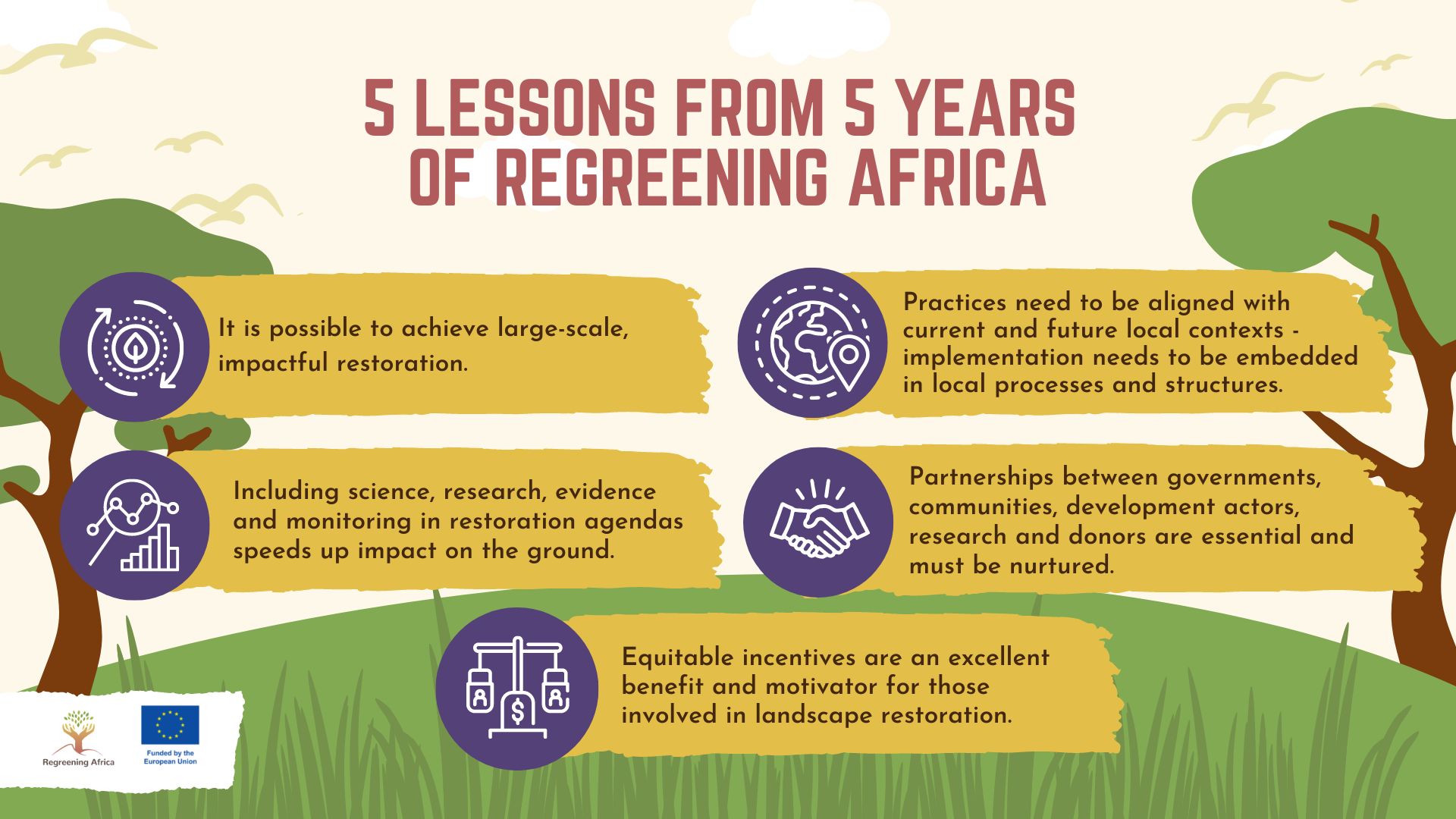
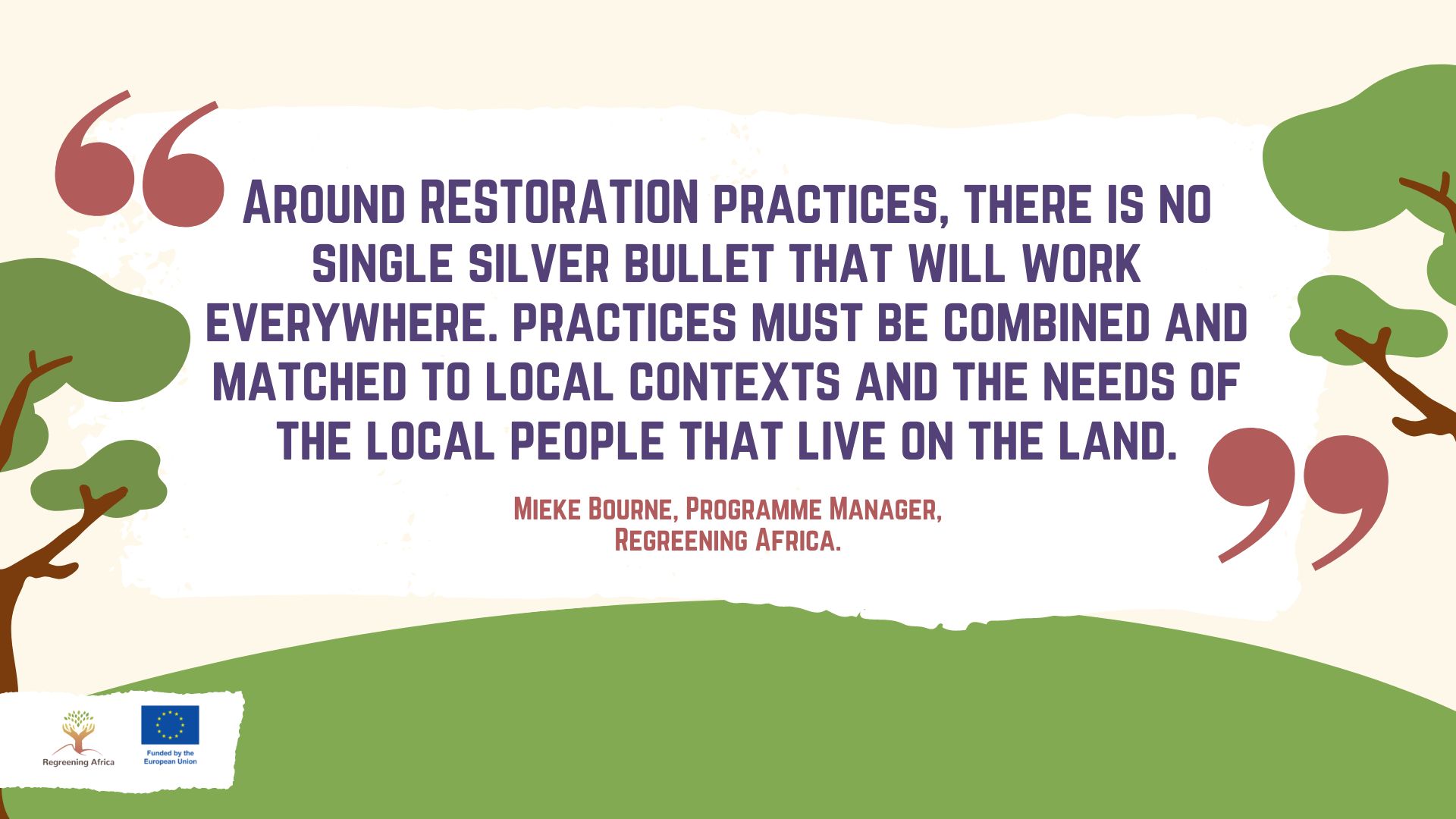
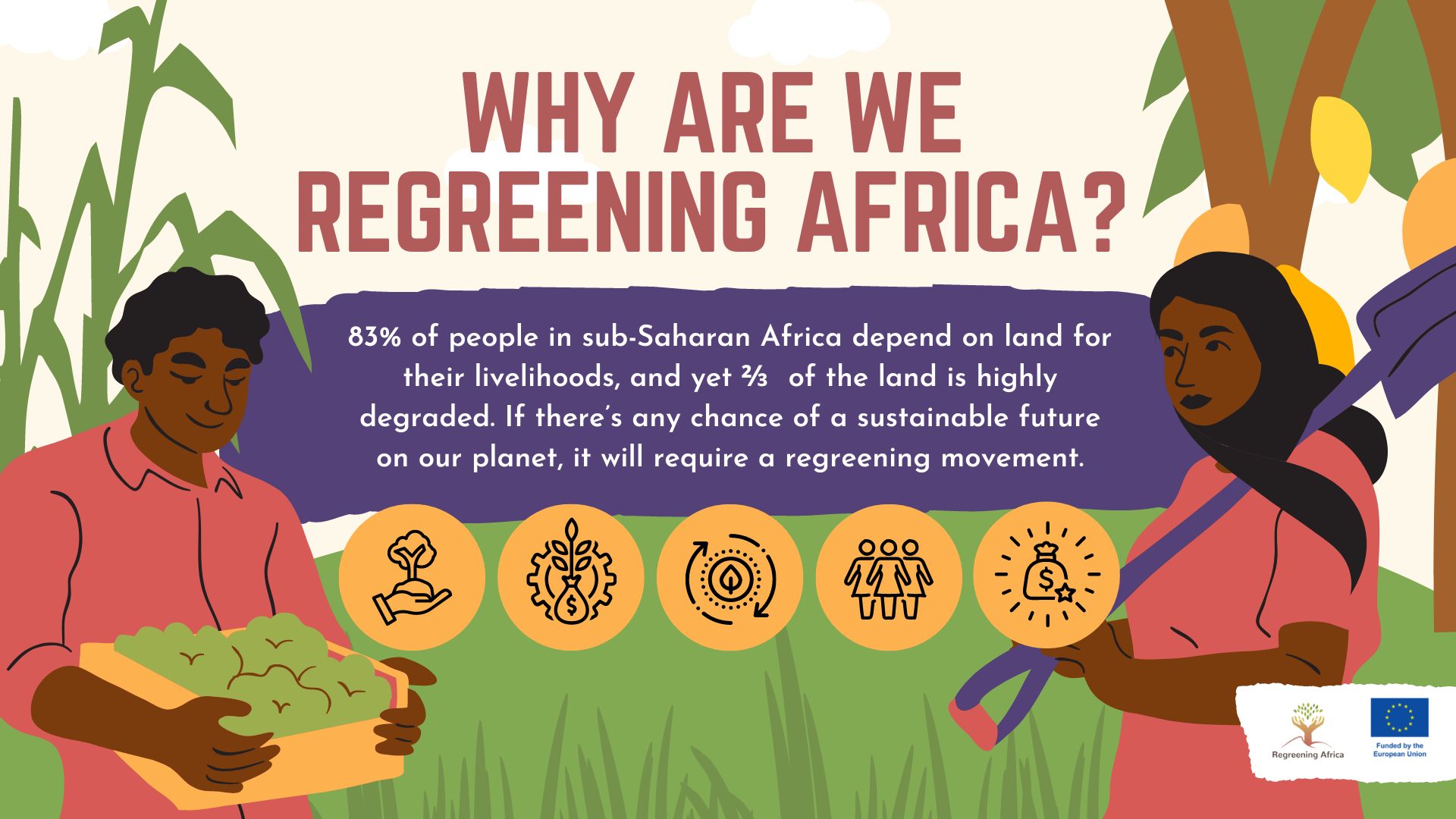

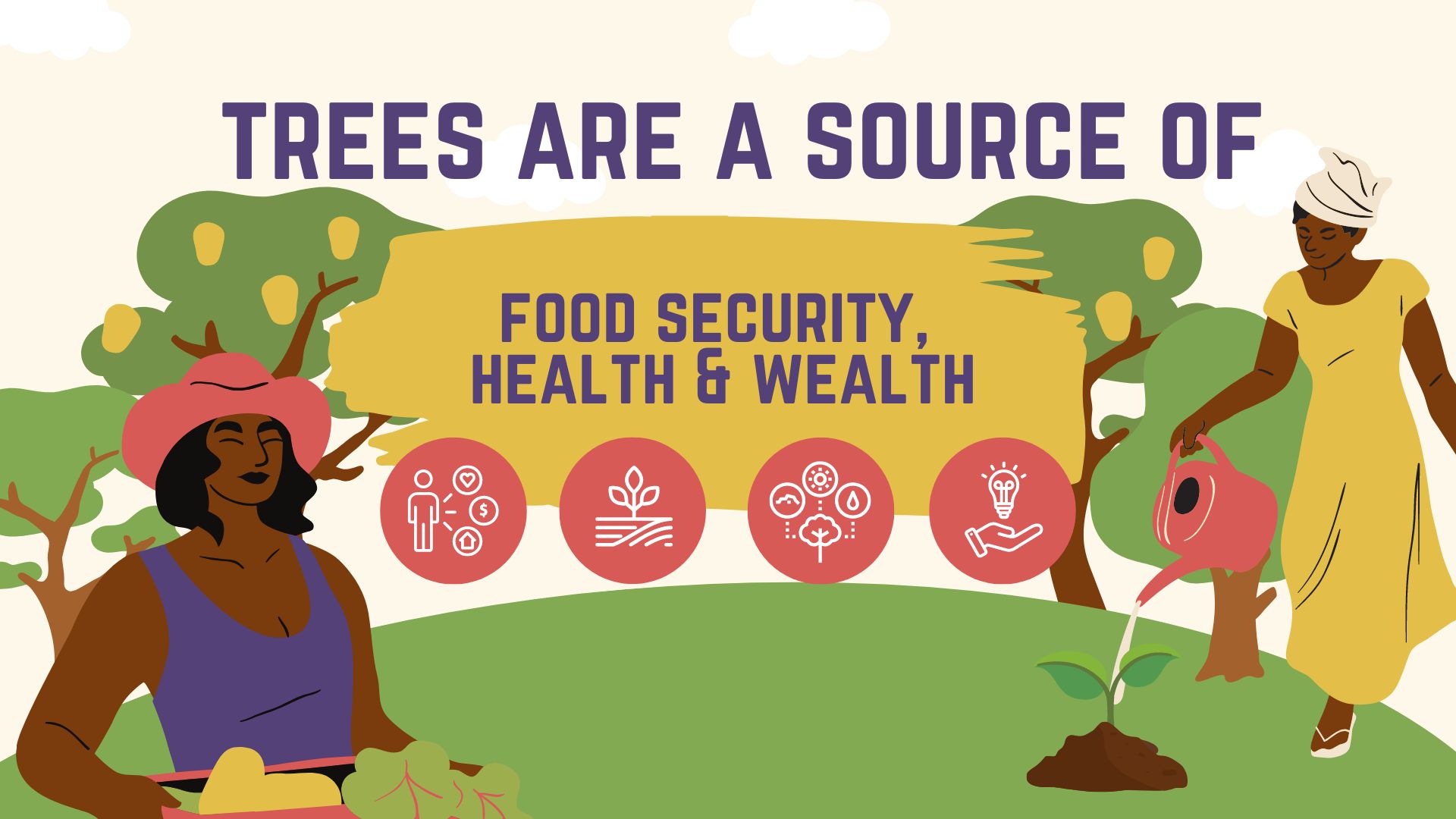
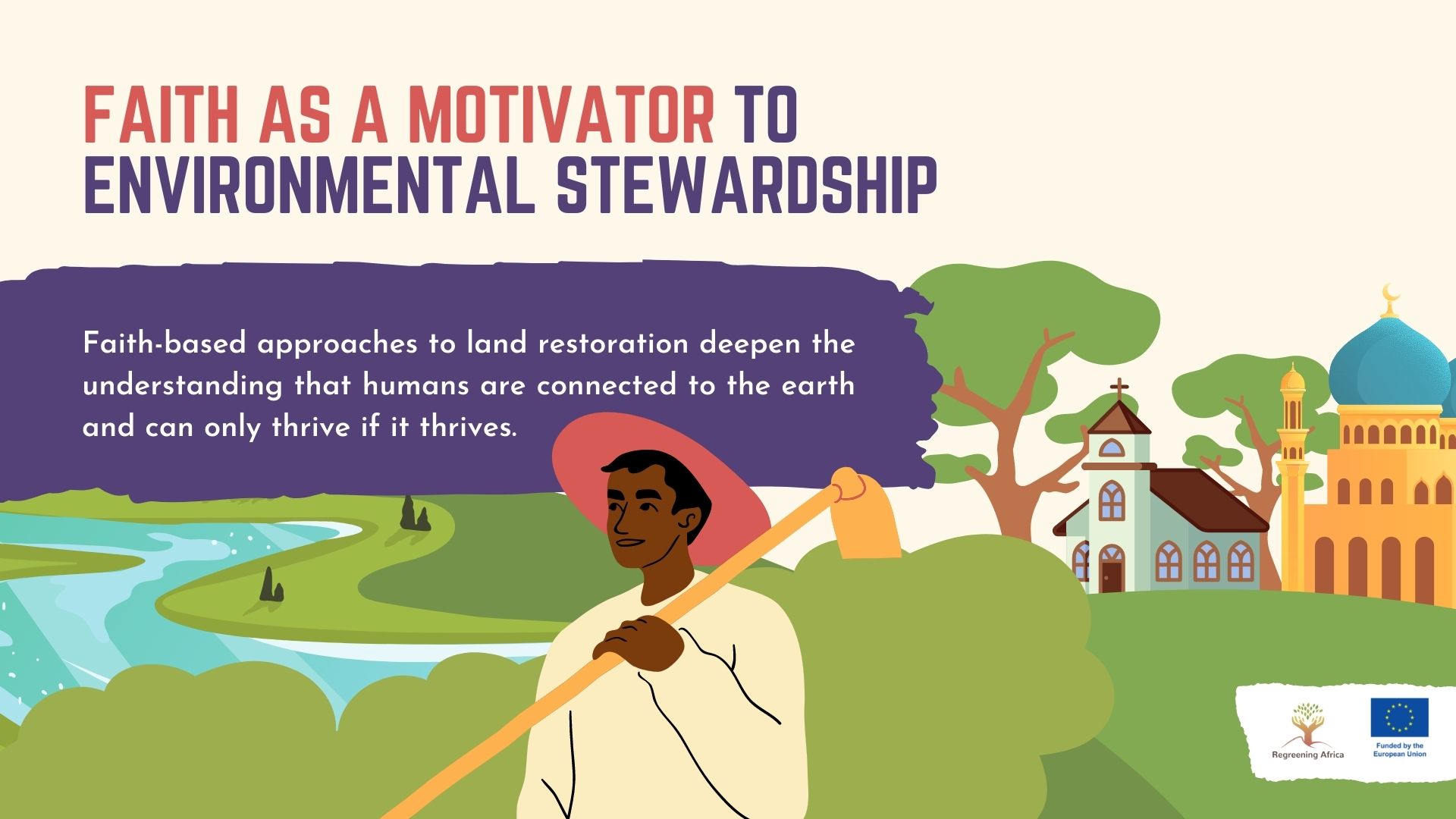
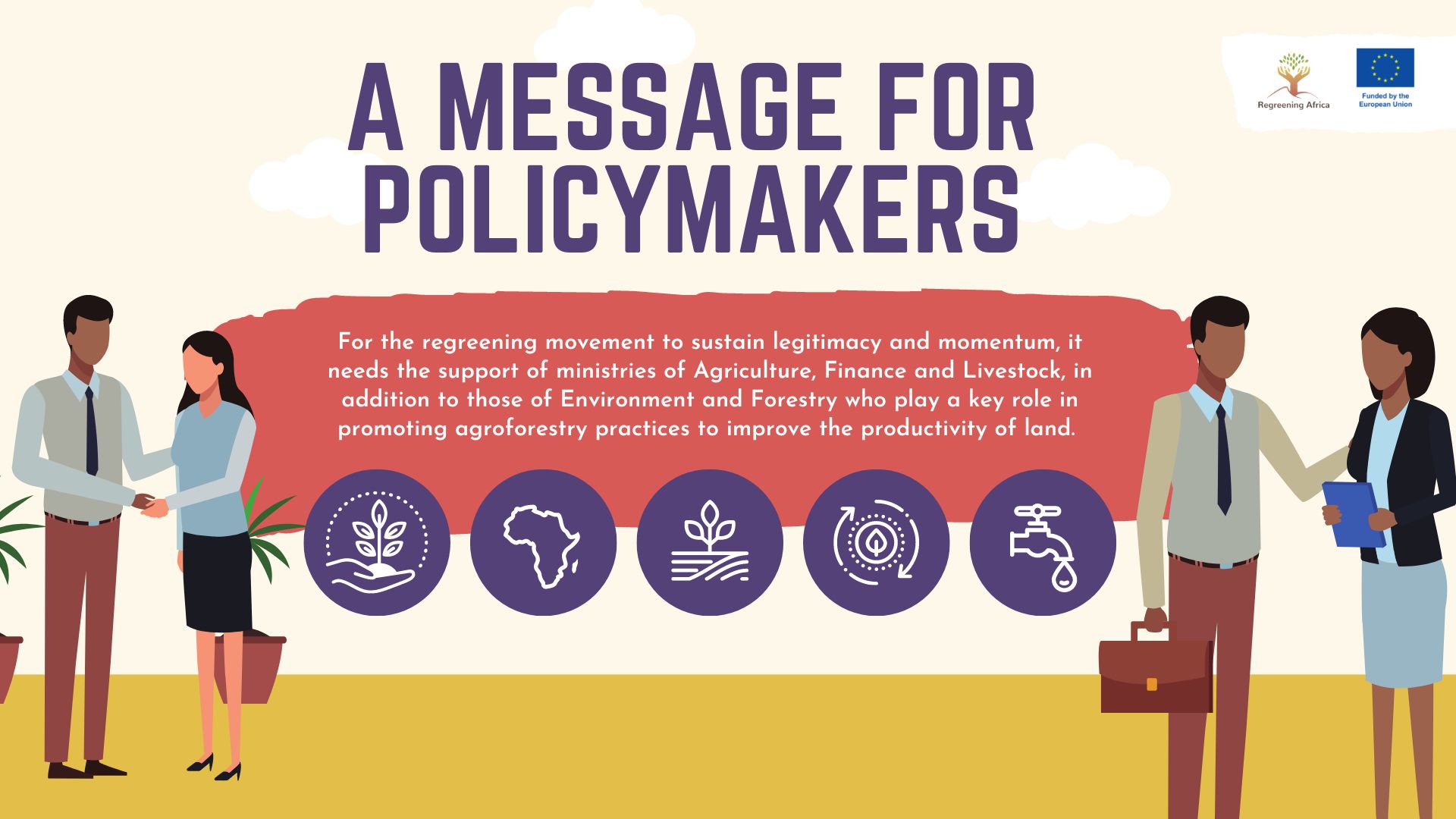
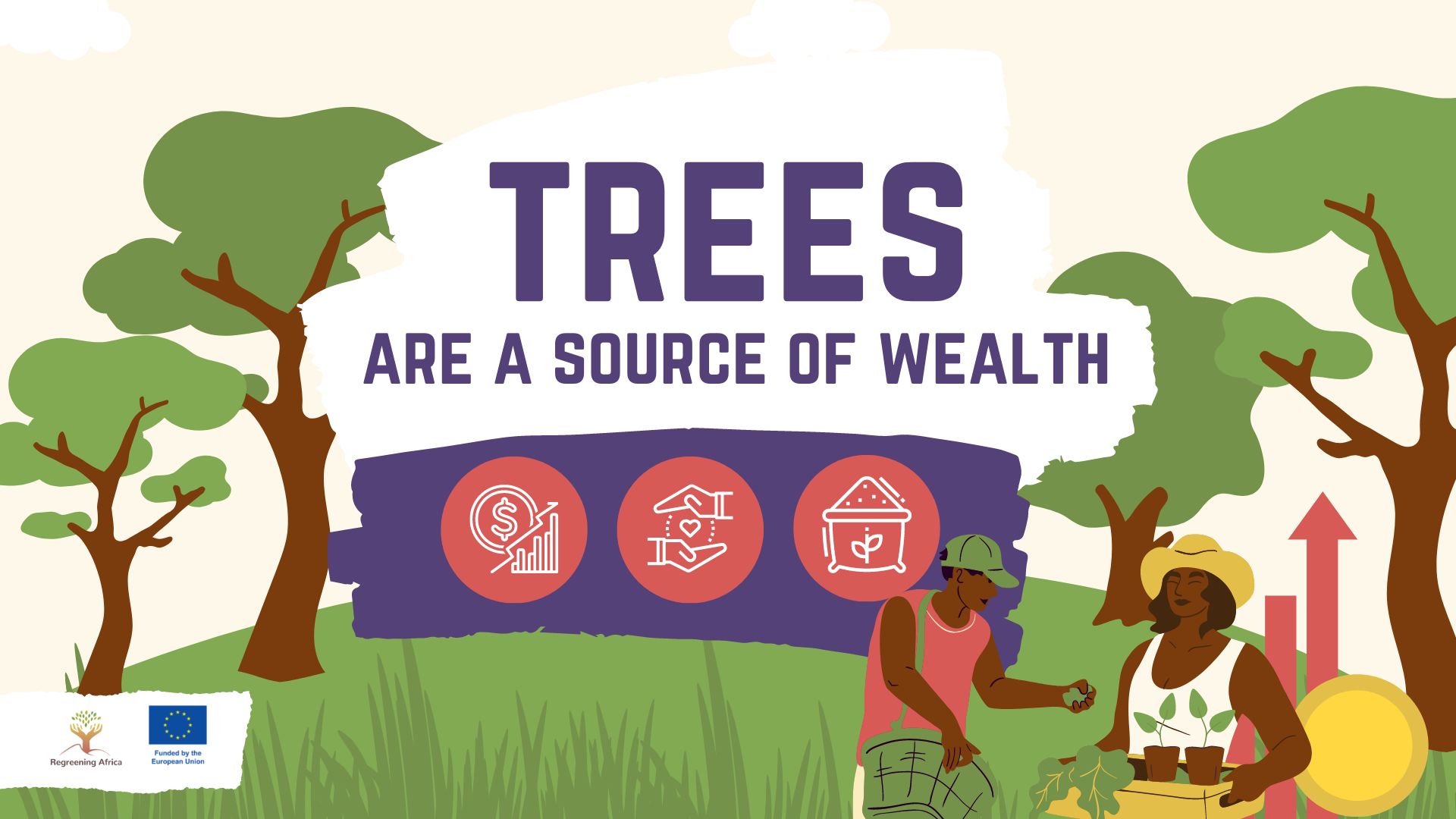
THANK YOU!
